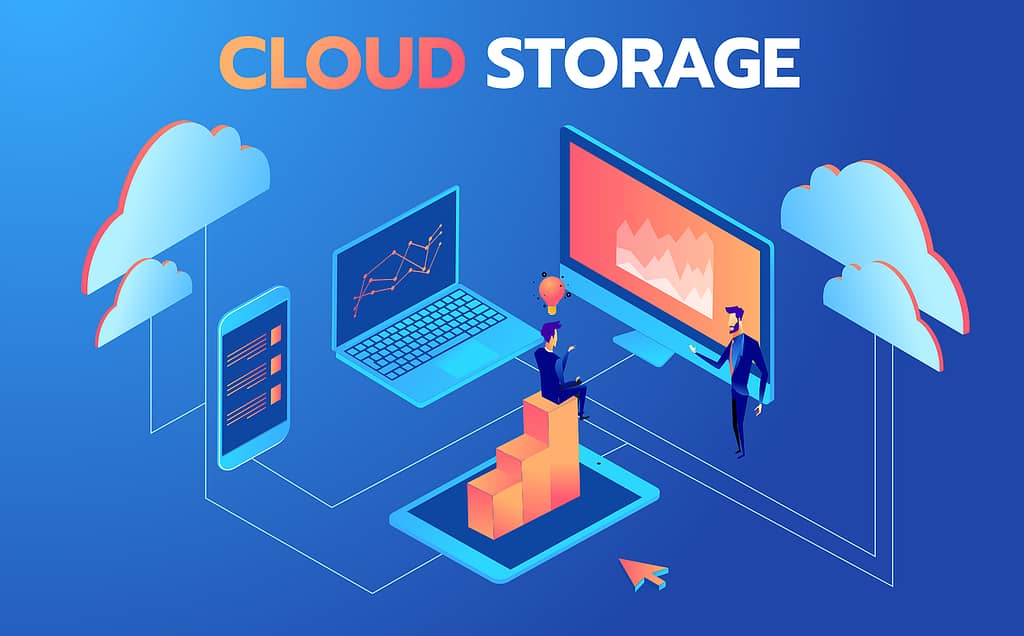
Why Choose a Cloud Backup Solution
Cloud Backup Solution is the need of the hour. Not only for business users who have there IT Support team with them to help, it is of great use to any normal day to day user. It is easy to use & access.
I met my friend last weekend, he is a freelance content developer and working from a home office. He had been backing up his laptop to a USB-attached external hard drive via Windows 10 procedures. Also, detection of the external hard drive failed.
Worse, windows 10 backup notifications weren’t turned on. So a perfect attack of sorts happened when his laptop hard drive failed as well, loosing all of his data.
Dropbox, Box, Google Drive can save the day
Why weren’t you using Dropbox, Box, Google Drive, or something else to back your data up to the cloud?” I asked. “If somebody broke into your house and stole your laptop AND hard drive, your data would all be undamaged!
“I was worried about the cost, and I assumed if I had a corrupted local file it would sync up to the cloud and corrupt that file too,” He explained.
“Well, that could happen just as smoothly with a local backup. Also you’ve got way more prices to worry about in terms of time spent, lost productivity, and a potentially harmful impact on your business,” I pointed out. “Furthermore, cloud backup solutions would allow you ‘previous versions’ functionality to restore corrupted files to working files.
My friend regretfully decided about the dangers of being penny-wise, pound-foolish, as the saying goes. Fortunately, he was able to recover much of his data from his email account. He was in the habit of sending attachments rather than links to online files. Email isn’t meant to be a file delivery instrument. Knowing this, helped my friend.
Don't rely on local backups only
There should never be a principle of local-only backups. I have happily paid about $120 per year for Cloud Backup Solution to back up my data. I prefer peace of mind is better than any manual solution.
Using the cloud for disaster recovery can produce a lower price disaster recovery solution. It offers lower storage costs, significantly reducing capital expenditures on IT infrastructure. Also, providing out of region redundancy with reduced commitments and operational overhead.
With any technology solution, incorporating the cloud into its disaster recovery planning will need the infrastructure, application, and business continuity teams. Out-of-region redundancy means that even in the event of a regional disaster, your data will still be protected. In this day and age of remote and global operations, this can ensure uninterrupted access to data for your users and customers.
This will help in becoming knowledgeable about new architectures and potentially new technology solutions. These teams should collaborate on how best to ensure the functionality of services that rely upon data following any given disaster scenario.
Cloud Based Disaster Recovery
Tying cloud-based disaster recovery techniques into on-premises data centers delivers the best of both worlds. Having data locally accessible even in the event of an external network service outage. Using cloud-based disaster recovery technologies for on-premises workloads is a common hybrid scenario and most organizations likely have some combination of old on-premises infrastructure and some infrastructure in the cloud.
The benefit comes from seeing the right mix of technology to access and maximize the powers of the cloud — while protecting critical data and running workloads where they drive better business outcomes, faster value delivery, and sustainable ROI.
However, there are certain stipulations, cautioned. He stressed that being in the cloud or using cloud services does not mean you can eliminate disaster recovery safeguards. This will help in becoming knowledgeable about new architectures and potentially new technology solutions Including cloud services in your disaster recovery planning and resolution can enhance your recovery time objective and RPO (recovery point objective) while lowering costs, but it should not reduce the planning and testing required to ensure business success.
